Digital Divide 2.0: a few facts and figures
Neo LMS
JANUARY 4, 2018
Today we launch right in with a topic that is on the minds and hearts of many teachers – the “digital divide”; that silent, pernicious socioeconomic gap between students that have and students that do not have access to technology. Digital divide: facts and figures. Income vs. Access: The Digital Divide in the US.



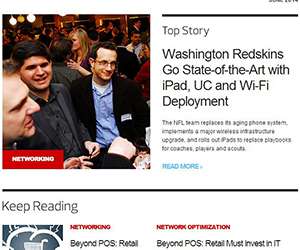








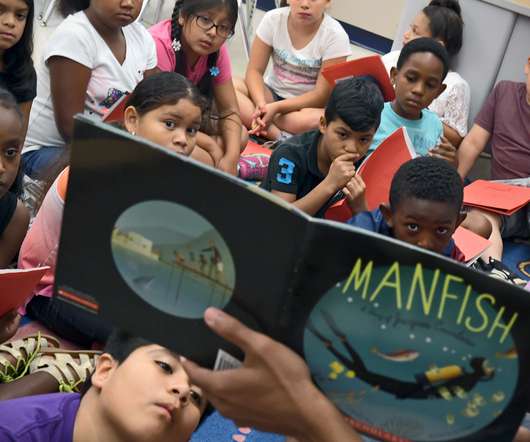
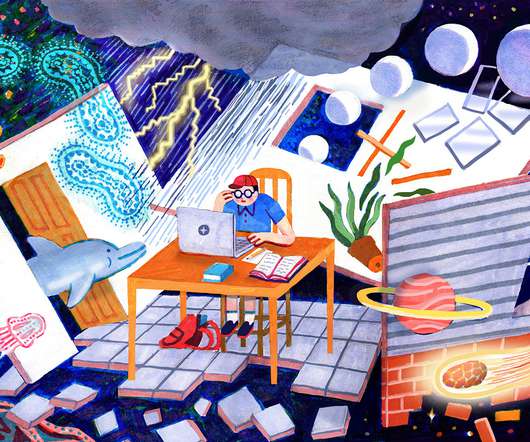






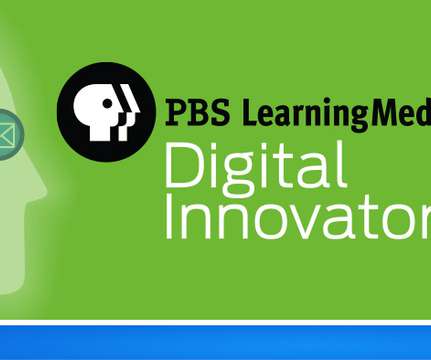


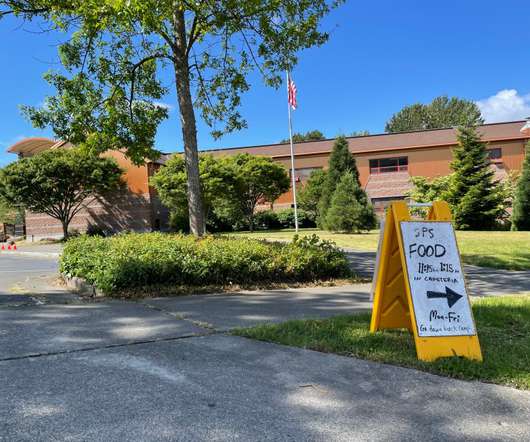
















Let's personalize your content